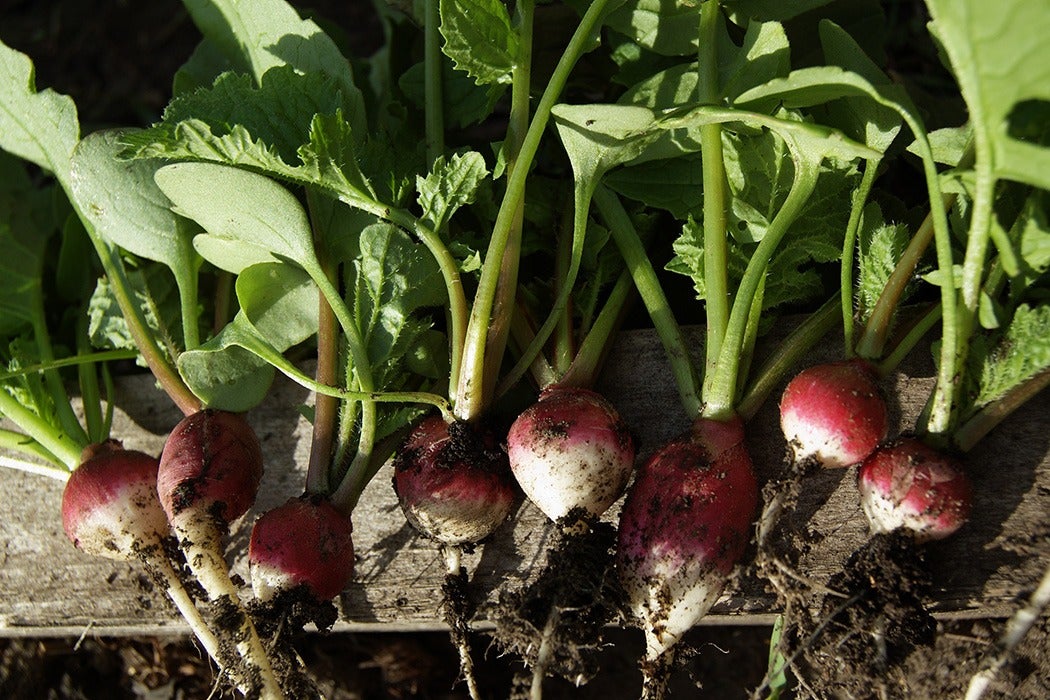Community gardens are one of the 21st century’s hottest trends. According to the National Gardening Association, the number of Americans growing food in community gardens rose 200 percent between 2008 and 2016. And with good reason: The gardens have been shown to impact everything from family relationships to vegetable intake. Some community gardeners relish the chance to plant obscure varietals and boast about their heritage veggies to their friends, while others use the gardens as vital lifelines to vegetables in food deserts or supplement their meager incomes with food they grow themselves.
But when it comes to gardening for both pleasure and necessity, Europeans have long had a leg up on their American cousins. Allotment gardens, as they’re called abroad, have been a way for Europeans to grow their own fruits and vegetables for centuries. The scholar N. Flavell reconstructs the history of allotment gardens in Sheffield, England, which predate the American trend by nearly 300 years.
Although British allotment gardens got their start during the 20th century as part of a broader national movement that gained even more steam with World War II, the ones in Sheffield date from the 1730s. The gardens were initially leased out by Sheffield estates to eke some rental income out of small parcels of land, which were later sold when they rose in value. Their renters were not professional gardeners, writes Flavell, rather, they were craftsmen and tenants who used them to grow food instead of purchasing it.
Flavell traces the growth and evolution of these gardens. Their size varied: Everything from 1,800 square feet to 7,425 square feet has been documented. The gardens of Sheffield seem to have been, as Flavell writes, “a wide-scale response to unprecedented demand” for space in which to grow food.
Unfortunately, even though it’s relatively simple to document the magnitude of the gardens themselves, it’s hard to figure out what journeymen and craftsmen grew there. Flavell finds evidence of homegrown produce like potatoes, peas, and turnips, but leafy greens and beans may also have been cultivated. At the time, writes Flavell, a new fad of eating vegetables may have been trickling to Sheffield from the more cosmopolitan London. More vegetables meant more refined palates, and a growing demand for books on gardening.
Like some modern-day gardeners, the workers of Sheffield seemed to have an antipathy toward buying vegetables they could grow instead. Flavell chalks that up not to taste, but to the fact that Sheffield’s workers did not work Mondays. That unusual fact may have fueled pressure to make their garden work seem more productive. The greener and more abundant a garden, the more justified the day off to tend it.
Weekly Digest
Sheffield’s gardeners appear to have been healthier and more hardy than people who lived in places without abundant gardens. Maybe it was the produce; maybe it was the exercise. Or maybe it was just the joy of gardening itself—a pleasure that was just as profound in the 1700s as it is today.







